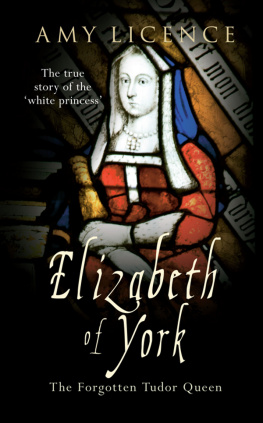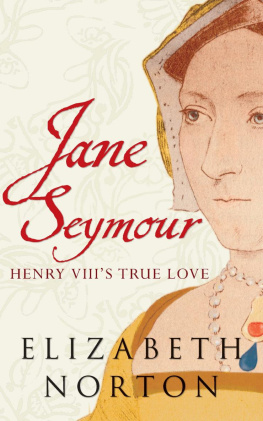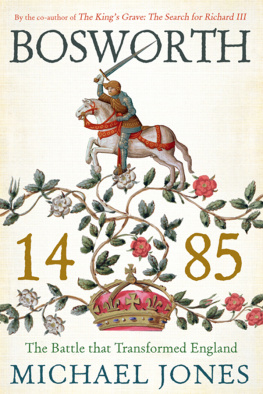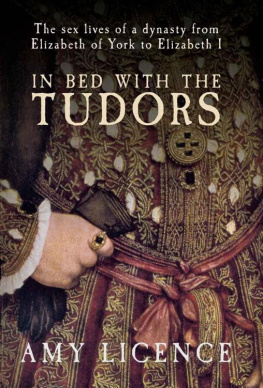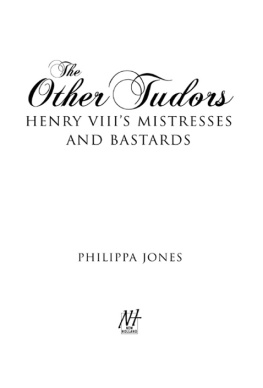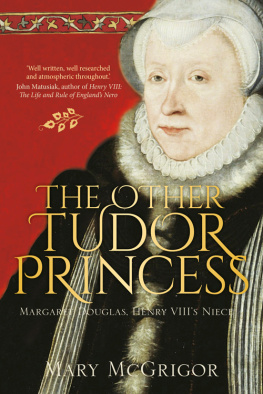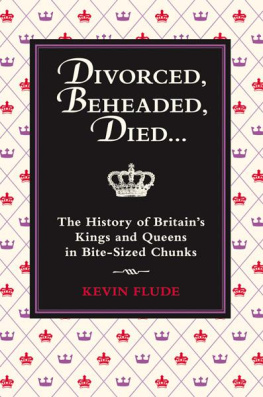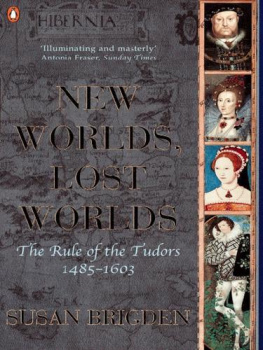DARK HISTORY OF THE
TUDORS
MURDER, ADULTERY, INCEST, WITCHCRAFT,
WARS, RELIGIOUS PERSECUTION, PIRACY
JUDITH JOHN

This digital edition first published in 2014
Published by
Amber Books Ltd
7477 White Lion Street
London N1 9PF
United Kingdom
Website: www.amberbooks.co.uk
Appstore: itunes.com/apps/amberbooksltd
Facebook: www.facebook.com/amberbooks
Twitter: @amberbooks
Copyright 2014 Amber Books Ltd
ISBN: 978-1-78274-180-0
All rights reserved. With the exception of quoting brief passages for the purpose of review no part of this publication may be reproduced without prior written permission from the publisher. The information in this book is true and complete to the best of our knowledge.
All recommendations are made without any guarantee on the part of the author or publisher, who also disclaim any liability incurred in connection with the use of this data or specific details.

www.amberbooks.co.uk

CONTENTS

King Henry VI with his Queen Consort Margaret of Anjou. Margaret may look angelic, but she was a force to be reckoned with. She even ruled England when Henry VI was incapacitated.
TUDORS
INTRODUCTION

Stretching back to the Middle Ages, the fortunes of the English monarchy have been wracked with violence, dishonour and bloodshed for centuries. A bloody trail of treason casts its dark shadow over Englands mighty rulers, whose tales of treachery and personal intrigues have delighted, appalled and captivated for centuries.
Murder. Usurpation. Adultery. War. Long Live the Kings of England!
E dward III was King of England from 1327 to 1377. His heroic reign is known for sowing the seeds for government and an effective military force, achievements all the more laudable as they followed the disastrous reign of his father, Edward II. Edward III sired 12 children. Two of his sons were made dukes John of Gaunt was the first Duke of Lancaster and Edmund of Langley was the first Duke of York. Their descendants would plunge England into a civil war that would last for 30 years, only ending with peace when the Tudors took power in 1485, uniting the warring houses.
Getting to Know the Family
In an age where murder and duplicity came hand in hand with power and prestige, the origins of the Tudor dynasty were formed. But before the Tudors came to rule, a series of murders, depositions, madness and imprisonment unfolded over the course of generations until the Tudors would bring an uneasy peace to the troubled shores of England.

This painting by Henry Payne, Choosing the White and Red Roses (1908) depicts the scene from Shakespeares Henry VI, Part I, in which the warring houses of Lancaster and York and their supporters indicate their alliance by choosing red or white roses.
John of Gaunts grandson was the famously heroic King Henry V. It was Henrys actions during the Battle of Agincourt that won him France and the hand of Catherine of Valois, who became his wife in 1420. They had a son, but their joy was short-lived and Henry V died in 1422. Catherine, alone in a strange country, sought comfort in the arms of Owen Tudor (Owain Tewder in his native Welsh). Owen Tudor was the humble wardrobe keeper of Catherine of Valois, the widowed wife of Henry V of the house of Lancaster. His lowly position meant the marriage was kept a secret at first, so no definite proof exists of the union.
Catherine sought comfort in the arms of Owen Tudor the humble wardrobe keeper of Catherine of Valois.
Henry VI would inherit the English and French thrones from his father, but his youth and precarious mental state would be the cause of disputes, intrigues and violence. In 1445, Henry VI married the tempestuous Margaret of Anjou in an effort to restore peaceful relationships with France. Henry VI was pious and loving, but also weak and prone to mental breakdowns, a complete contrast to his forceful wife. Their son, Edward of Westminster, would die in battle in 1471, leaving the heir to the throne in doubt.
THE MIRACULOUS KING
SHORTLY AFTER HENRY VIS death, rumours abounded that he possessed saintly powers and could make miracles happen. Bending a coin to King Henry could reportedly cause miracles to happen, including providing healing powers and even preventing death. People would make the pilgrimage to his shrine. He was even close to being canonized during Henry VIIIs reign.

This painting shows Edward of Westminster as Edward IVs captive at Tewkesbury in 1471. It is believed that Prince Edward was dispatched by Edward IVs triumphant supporters.
Taking advantage of Henry VIs instability, Richard, the third Duke of York, and Edmund, the Duke of Yorks grandson, were both appointed Lord Protector of England in 1454 when Henry VI had a nervous breakdown. By January 1455, Henry had recovered enough to take back control of his country, but by then Richard of York had a taste for power. Richard was supported by Richard Neville, known as Warwick the Kingmaker.
Ironically, Richard of York would never wear the crown himself, but two of his sons would, showing that they were just as capable of treachery as their wicked father. Richard of York and Neville raised an army against Henry VI, claiming the first victory on the field of Saint Albans in May 1455. The Yorkist victors then imprisoned the confused King in the Tower of London until Henry regained his senses in 1456, once again returning to his throne. Richard of York had shown his true colours. He fled to Ireland, returning in 1459, determined that this time Henry would not be so lucky. Henry was sent back to the Tower and Richard ruled as Protector of the Realm. While he was not King, this was almost as good.
Meanwhile, Margaret of Anjou had been tirelessly raising an army by building up Lancastrian support and forming an alliance with James III of Scotland. The warring houses clashed in an almighty battle at Wakefield and won a great victory of the house of Lancaster, in which Richard of York was killed.
Henrys descent into madness continued until Richards son, Edward of York, took over the claim to the throne and was crowned King in June 1461.
EDWARD THE SEDUCER
EDWARD WAS A gregarious, charming and handsome man, who had one fatal weakness. He was very promiscuous and could never turn down a pretty face. Edwards love of pleasure and self-indulgent nature made him enemies, as did his propensity for selecting other mens wives as his lovers. His many mistresses bore him several illegitimate children, in addition to the ten children he sired with his wife, Elizabeth Woodville.
Next page


